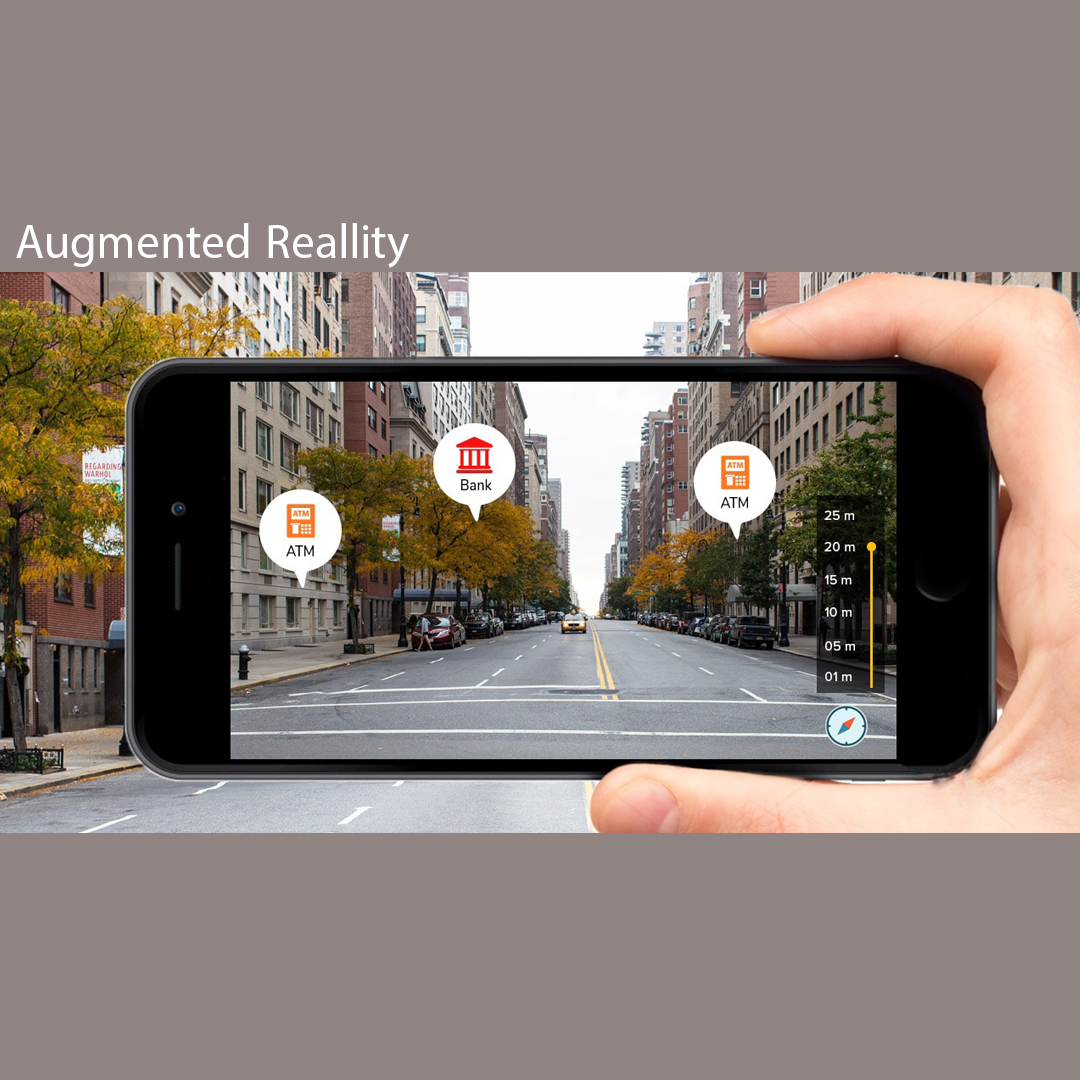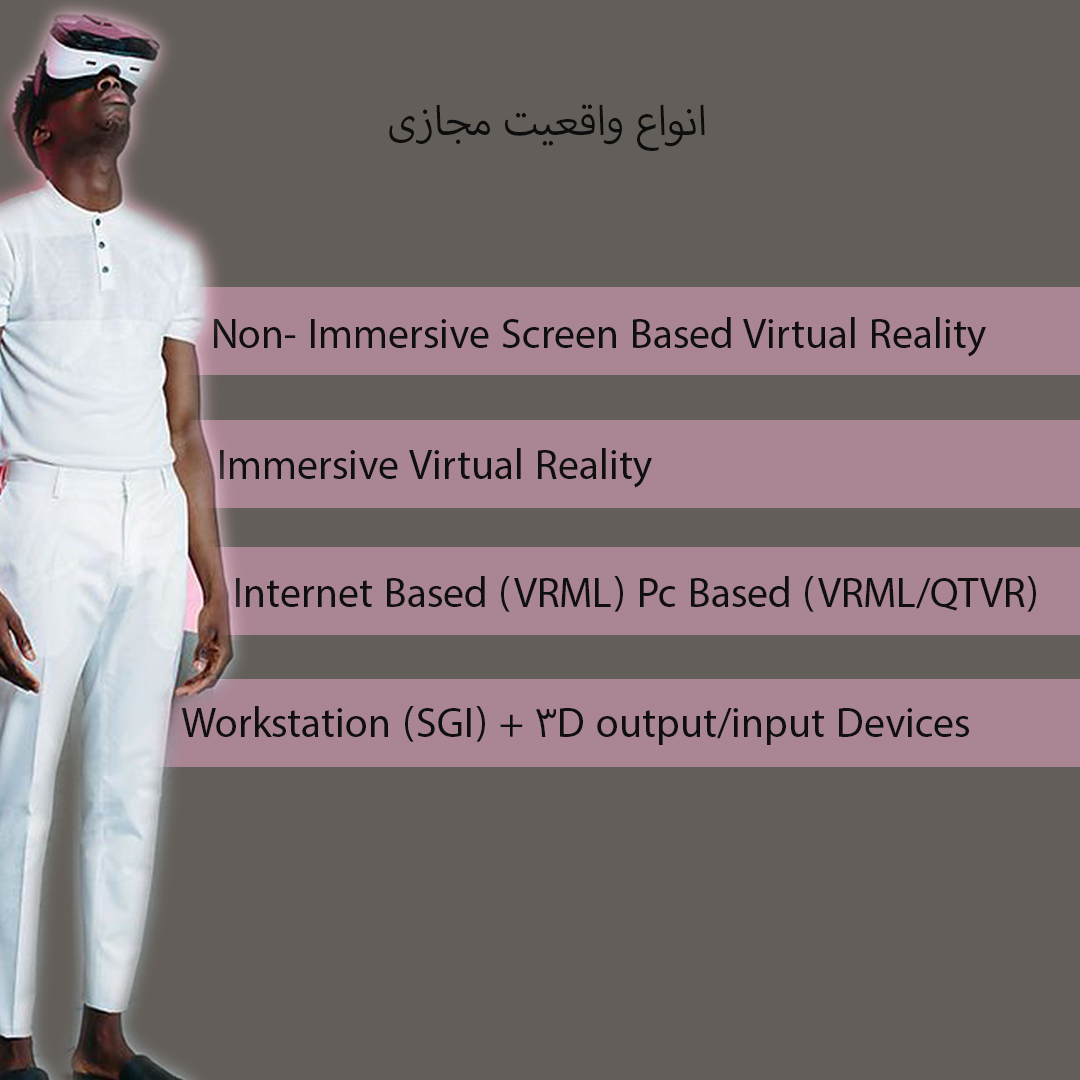
Virtual reality (VR) can be defined as a medium composed of interactive computer simulations that sense the participant’s position and actions and replace or augment the feedback to one or more senses, giving the feeling of being mentally immersed or present in the simulation (a virtual world). AR is the process of a user viewing the physical world and virtual information simultaneously, where the virtual information is overlaid and aligned with the physical world view. Mixed Reality blends both physical and digital worlds, these two realities define the polar ends of a spectrum known as the virtuality continuum. Everything about virtual interfaces seems to indicate that they would be perfect tools for simulating urban spaces. They seem to satisfy all the criteria for the perception of motion and space, as defined by Appleyard et al (1964). The main applications of virtual reality in the urban design process can be categorized as following:
Using virtual reality techniques to create 2D and 3D visualizations to represent the study area
Traversing and exploring the urban environment in the broader sense, including exploring the information contained within the virtual environment.
VR technology has been used firstly to help architecture students to visualise in three dimensions.
Virtual environments are digital simulations of situations, real or fictional, in which users are able to participate.






واقعیت مجازی (VR) یک شبیهسازی رایانهای است که فرد در آن میتواند در یک محیط مصنوعی سهبعدی با استفاده از دستگاههای الکترونیکی مانند عینک مخصوص با محیط اطراف تعامل داشته باشد. واقعیت افزوده (AR) فرآیندی است که کاربر به طور همزمان، دنیای فیزیکی و اطلاعات مجازی را مشاهده میکند. واقعیت ترکیبی (MR)، دنیای فیزیکی و دیجیتال را با هم ترکیب میکند. همانطور که اپلیارد و همکارانش در سال 1964 معیارهای درک حرکت در فضا را تعریف کردهاند، به نظر میرسد که رابطهای مجازی ابزار کاملی برای شبیهسازی فضاهای شهری هستند. برنامههای اصلی واقعیت مجازی در روند طراحی شهری را میتوان به شرح زیر دستهبندی کرد:
استفاده از تکنیکهای واقعیت مجازی برای ایجاد تجسم دو بعدی و سه بعدی منطقه مورد مطالعه
گشت و گذار و کاوش در محیط شهری و کاوش در اطلاعات موجود در محیط مجازی
استفاده از فناوری VR برای کمک به دانشجویان معماری برای تجسم در سه بعد. در واقع واقعیت مجازی مزایایی را به همراه دارد که میتواند از آموزش و پروژه طراحی به ویژه در دانشکدههای معماری و طراحی شهری پشتیبانی کند.
محیطهای مجازی، شبیهسازیهای دیجیتالی موقعیتهای واقعی یا خیالی هستند که کاربران قادر به مشارکت در آن هستند.
منابع و ماخذ:
Shakibamanesh. Amir, Ghorbanian, Mahshid (2016). Using Advanced Approaches in Urban Design Researches: A Mutation from 3D Digital Models to Virtual Reality, chapter 24.
www.docs.microsoft.com